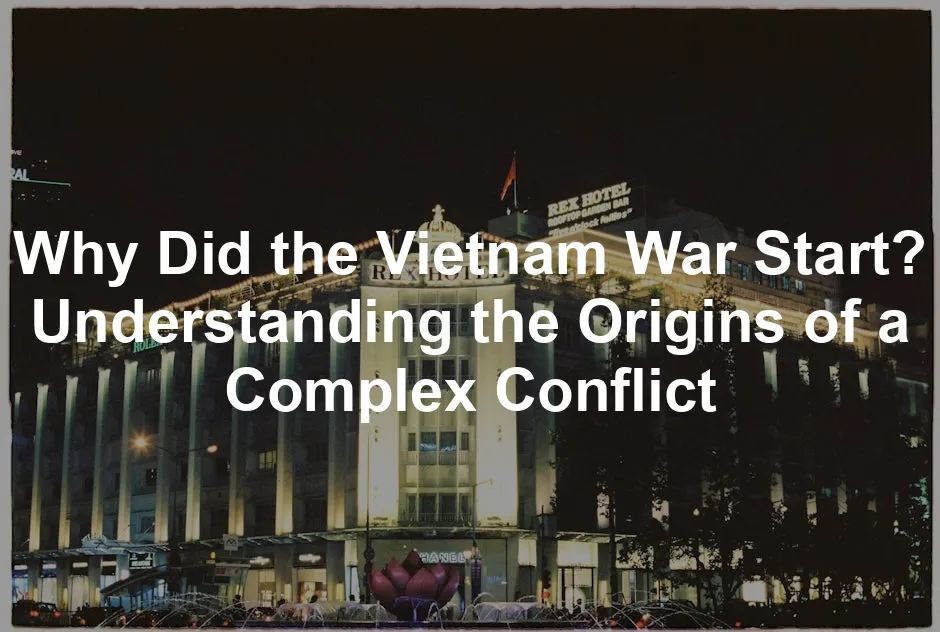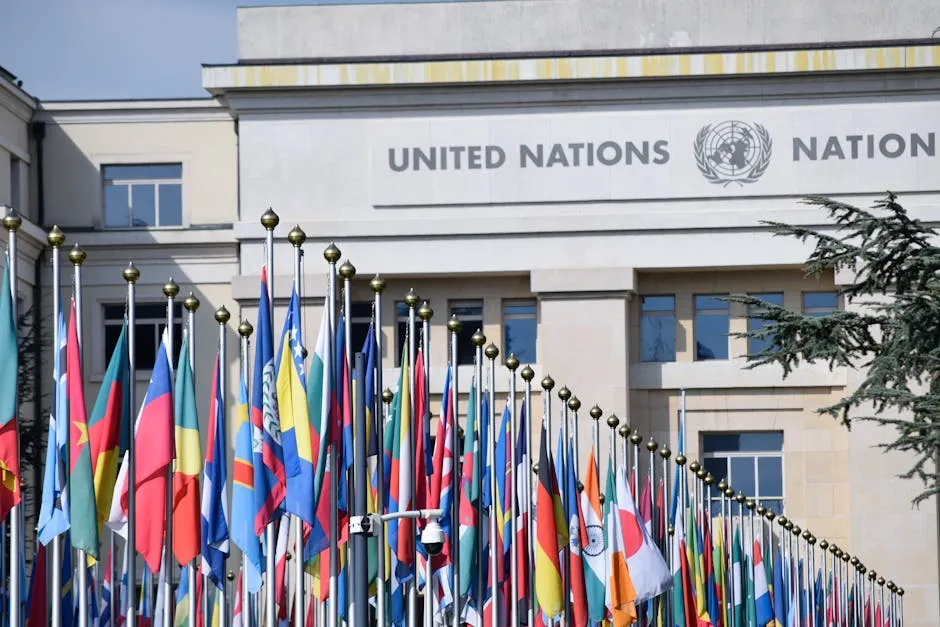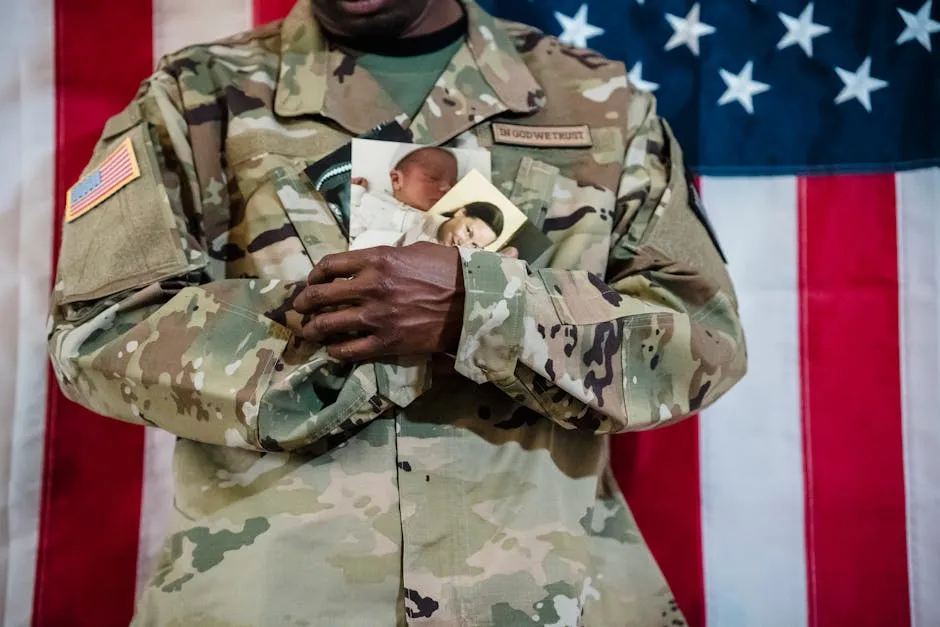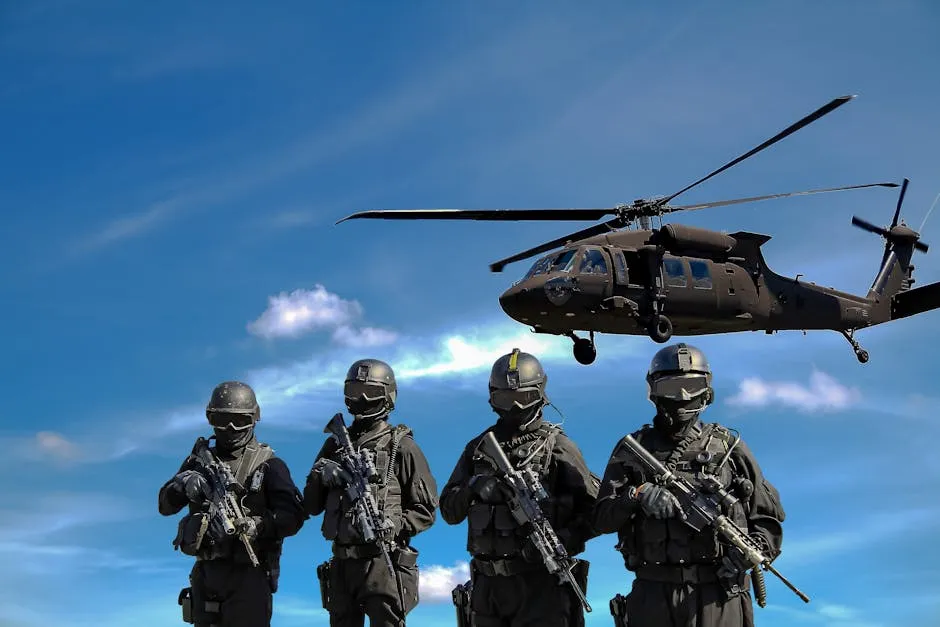
Why Did the Vietnam War Start? Understanding the Origins of a Complex Conflict
Introduction
The Vietnam War (1954-1975) was a pivotal moment in global history. It reshaped geopolitics and sparked widespread debate. Understanding the origins of this conflict helps us grasp its complex nature. It was not only a national struggle for Vietnam but also a proxy battle within the Cold War.
Want to dive deeper into the personal stories surrounding this conflict? Consider reading “A Rumor of War” by Philip Caputo. This memoir offers an intimate perspective on the war’s psychological toll on soldiers, making it a must-read for anyone wanting to understand the human side of this historical event.
Summary and Overview
The Vietnam War lasted from 1954 to 1975, involving North Vietnam and its allies, the Viet Cong, against South Vietnam and the United States. The conflict began after France’s colonial rule ended, leading to a division along the 17th parallel. North Vietnam aimed to unify the country under communism, while South Vietnam sought to align with Western ideologies. The United States became heavily involved due to fears of communism spreading in Southeast Asia, guided by the “domino theory.” Key players included Ho Chi Minh in the North and Ngo Dinh Diem in the South. The war resulted in millions of deaths and significant destruction, ultimately leading to Vietnam’s reunification under communist rule in 1976. This conflict deeply influenced U.S. foreign policy and public sentiment towards military interventions.

For a deeper understanding of the origins of this conflict, you can explore why it started in this article: why did the vietnam war start.
If you’re curious about the Vietnam War’s portrayal in popular culture, check out this Vietnam War Movies DVD Collection. It showcases the various films that explore the complexities of the war, giving you a cinematic lens through which to view this tumultuous period.
Historical Context
French Colonialism in Vietnam
Vietnam was under French colonial rule from the late 19th century until World War II. The French exploited Vietnam’s resources, establishing a plantation economy and spreading their culture. They imposed a Western education system, which created a class of educated Vietnamese who began to question colonial rule. As grievances grew, nationalist movements emerged. Many Vietnamese sought independence, inspired by global decolonization trends. The Viet Minh, led by Ho Chi Minh, formed during World War II to resist both French and Japanese occupations. Their desire for a unified, independent Vietnam fueled tensions. After Japan’s defeat in 1945, Ho Chi Minh declared Vietnam’s independence, but France refused to relinquish control. This led to the First Indochina War, ultimately resulting in the Geneva Accords of 1954, which divided Vietnam and set the stage for future conflict. The socio-economic disparities and political unrest during this period laid the groundwork for the Vietnam War.

To further explore the historical impact of the Vietnam War, consider reading “Vietnam: A History” by Stanley Karnow. This comprehensive account provides a detailed narrative of the war, giving context to the pivotal events and decisions that shaped this era.
The Rise of Ho Chi Minh and the Viet Minh
Ho Chi Minh played a vital role in Vietnam’s struggle for independence. He emerged as a prominent leader during the fight against French colonial rule. His vision centered around a united Vietnam free from foreign domination. Inspired by Marxist-Leninist ideology, he sought to build a socialist state.
In 1941, Ho Chi Minh founded the Viet Minh, a coalition aimed at liberating Vietnam. This group united various nationalist factions against both the French and Japanese occupiers. Their primary goals included ending colonial rule and achieving national liberation. The Viet Minh gained popular support through grassroots efforts, emphasizing land reforms and social justice.
Ho Chi Minh‘s leadership galvanized the Vietnamese people. His commitment to independence resonated deeply, laying the groundwork for future conflicts. The Viet Minh’s determination set the stage for the eventual division of Vietnam and the ensuing war, as their aspirations clashed with external powers and differing political ideologies.
The Division of Vietnam
The Geneva Accords of 1954
The Geneva Accords marked a turning point for Vietnam following French defeat. In July 1954, the accords established the 17th parallel as the dividing line between North and South Vietnam. This division aimed to facilitate a temporary peace and set the stage for future elections to unify the country.

However, the scheduled national elections in 1956 never took place. Fears of a communist victory led the United States and South Vietnam to reject the electoral process. As a result, the division solidified, creating two distinct governments with opposing ideologies. This failure to hold elections fueled tensions, setting the stage for the conflict that would escalate into war.
The Emergence of Two Governments
The partition of Vietnam led to the creation of two rival governments. In the North, Ho Chi Minh established a communist regime, promoting land redistribution and state control. His government prioritized collective farming and aimed to create a socialist society.
In contrast, South Vietnam, led by Ngo Dinh Diem, adopted an anti-communist stance. Diem’s government, backed by the United States, focused on maintaining Western-style democracy. However, his administration faced criticism for corruption and repression of dissent. These ideological differences intensified the divide between North and South, leading to growing conflict and unrest.
The contrasting governance styles created a powder keg of tension. As both sides sought to expand their influence, the path to war became increasingly inevitable.
U.S. Involvement in Vietnam
Early American Support
After the Geneva Accords in 1954, the U.S. quickly supported South Vietnam. This was a response to fears of communism spreading in Southeast Asia. The U.S. believed that if one nation fell to communism, others would follow. This idea became known as the “domino theory.” It shaped American policy, leading to increased military aid.
Initially, American assistance focused on funding and training for South Vietnamese forces. The U.S. aimed to strengthen the Diem regime against the communist North. However, as political instability grew, American involvement deepened. By the early 1960s, the U.S. had committed more resources, setting the stage for future conflict.

For those interested in the complexities of U.S. military engagement, I recommend “The Vietnam War: A Graphic History” by Wayne Vansant. This visually engaging book presents the events of the war in a unique format, making it accessible and informative.
The Gulf of Tonkin Incident
In August 1964, the Gulf of Tonkin Incident changed everything. Allegations surfaced that North Vietnamese forces attacked U.S. naval vessels. This event raised tensions and led to significant U.S. military escalation. President Lyndon B. Johnson seized the opportunity to push for the Gulf of Tonkin Resolution.
This resolution granted Johnson broad powers to act without a formal declaration of war. It allowed the U.S. to increase troop deployments and conduct military operations in Vietnam. As a result, American involvement shifted from advisory roles to active combat, marking a pivotal moment in the Vietnam War.

The Viet Cong and Escalation of Conflict
The Insurgency in South Vietnam
The Viet Cong formed as a response to the Diem regime’s oppressive tactics. This communist-led insurgency aimed to undermine the South Vietnamese government. They used guerrilla warfare, employing hit-and-run tactics to challenge U.S. and South Vietnamese forces.
As violence escalated, the situation in South Vietnam grew more unstable. The Viet Cong gained support from local populations disillusioned with Diem’s leadership. Their effective strategies and local knowledge contributed to increasing chaos. The conflict escalated, leading to a full-blown war that would engulf Vietnam and draw in the United States.

For a gripping novel that captures the essence of soldiers’ experiences, consider “The Things They Carried” by Tim O’Brien. This poignant book explores the burdens of war, both physical and emotional, making it a profound read.
U.S. Military Escalation Under Johnson
When President Lyndon B. Johnson took office in 1963, the Vietnam conflict was already heating up. Johnson inherited a complex situation from John F. Kennedy. He believed in the domino theory, which predicted that communism would spread throughout Southeast Asia if left unchecked. This belief fueled his decision to escalate U.S. military involvement significantly.
By mid-1965, Johnson increased troop numbers dramatically, sending thousands of American soldiers to Vietnam. He aimed to bolster the South Vietnamese government and counter the growing influence of North Vietnam. The Gulf of Tonkin Incident in August 1964 provided an opportunity for Johnson to ask Congress for more military power. The Gulf of Tonkin Resolution granted him the authority to act without a formal declaration of war.
As troop levels surged, so did public opposition. Many Americans began questioning the rationale behind the war. Protest movements sprang up across the nation, especially among college students. The images of war, broadcasted on television, deeply affected public perception. Critics argued that the U.S. was becoming mired in a conflict without clear objectives, leading to widespread unrest and calls for peace.

Conclusion
The Vietnam War’s outbreak stemmed from a mix of local, regional, and global factors. Colonial history, rising nationalism, and Cold War dynamics all played crucial roles. The failure to hold elections after the Geneva Accords intensified divisions. The U.S. involvement escalated due to fears of communism, driven by the belief in the domino theory.
The lessons learned from this conflict resonate today, particularly regarding military intervention and foreign policy. Understanding these complexities helps us appreciate the war’s historical significance and its lasting impact on both Vietnam and the United States.
Who Were the Key Figures in the Vietnam War?
The Vietnam War featured several pivotal leaders whose actions shaped the conflict’s trajectory.
Ho Chi Minh was a central figure. He led North Vietnam and the Viet Minh, advocating for Vietnamese independence. Ho Chi Minh‘s vision was to unify Vietnam under a communist regime, drawing support from both the Soviet Union and China. His commitment to national liberation inspired many Vietnamese, making him a symbol of resistance.
Ngo Dinh Diem was the first President of South Vietnam. He held power with U.S. backing, promoting an anti-communist agenda. However, his regime faced criticism for corruption and repression. Diem’s preferential treatment of Catholics alienated many Buddhists, leading to widespread unrest. His administration’s failures ultimately led to a military coup and his assassination in 1963.
U.S. Presidents also played crucial roles. John F. Kennedy increased military aid to South Vietnam, fearing the spread of communism. His policies laid the groundwork for deeper U.S. involvement. After his assassination, Lyndon B. Johnson escalated U.S. military presence significantly, especially following the Gulf of Tonkin Incident. Johnson’s administration faced growing public dissent as the war intensified.
These key figures illustrate the complex interplay of leadership, ideology, and foreign policy that defined the Vietnam War.

How Did Public Sentiment in the U.S. Change Throughout the War?
Initially, many Americans supported U.S. involvement in Vietnam. The Cold War context and fears of communism fueled this support. The “domino theory” suggested that if Vietnam fell to communism, neighboring countries would follow. This belief motivated early military assistance to South Vietnam.
However, as the war escalated, public opinion began to shift. Graphic media coverage revealed the war’s brutal realities. The Tet Offensive in January 1968 was a turning point. Despite U.S. military successes, the North Vietnamese surprise attack shocked the American public. Many began to question the war’s purpose and the government’s narrative of imminent victory.
By the late 1960s, widespread protests erupted across the country. College campuses became hotbeds of anti-war sentiment, with demonstrations demanding an end to U.S. involvement. The Kent State shooting in 1970, where National Guardsmen killed four students during a protest, intensified public outrage.
This evolution of sentiment profoundly impacted U.S. policy. Growing opposition led to a gradual withdrawal of troops and a re-evaluation of military strategy. The Vietnam War left a lasting scar on American society, shaping future approaches to military engagement and foreign policy.

Please let us know what you think about our content by leaving a comment down below!
Thank you for reading till here 🙂
All images from Pexels




